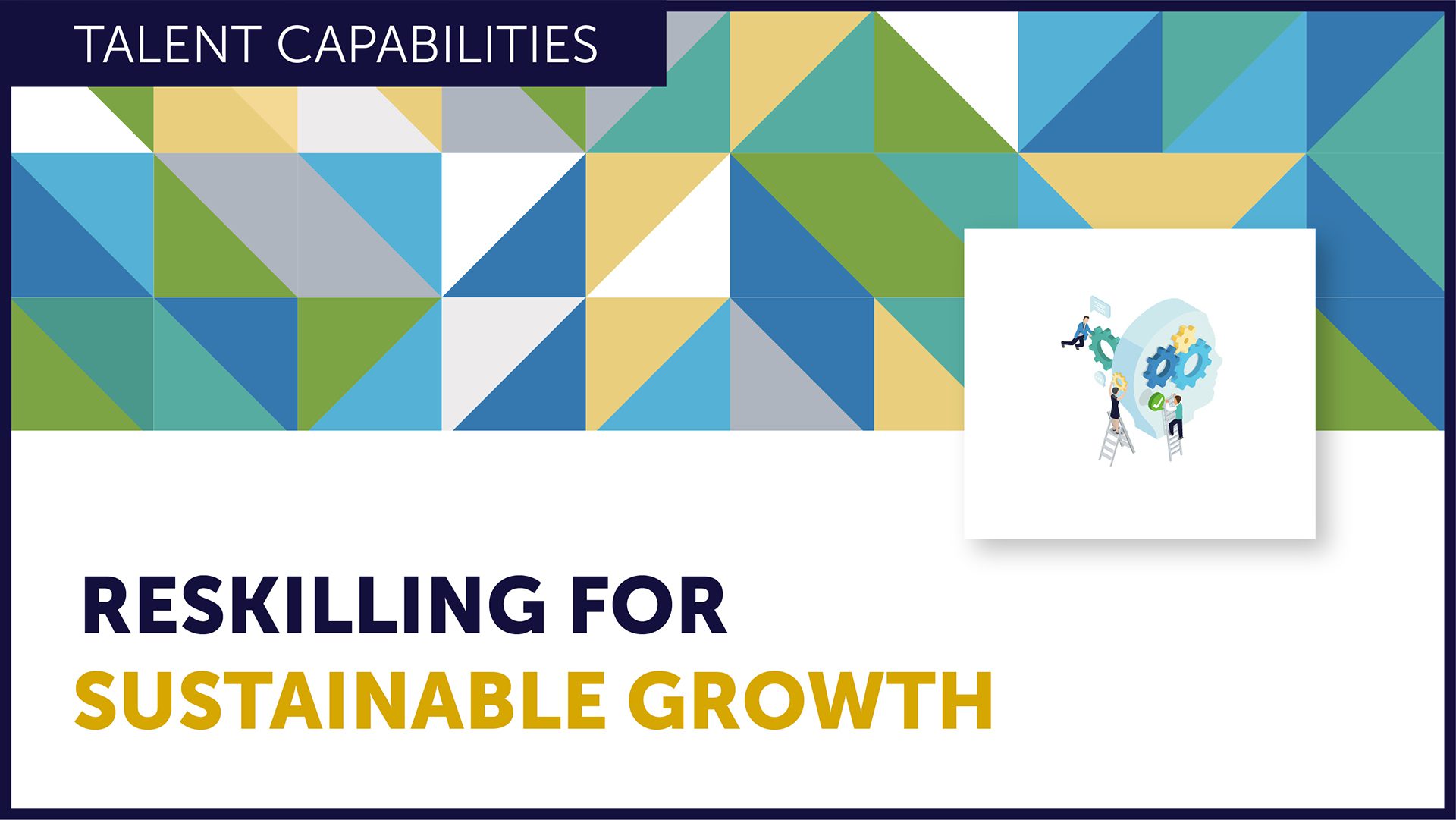Talent, Leadership and Learning
HRD Briefing 2021: Future of Talent

As working adults, we devote significant time and energy to our companies. This has been true for generations and will be constant for the seeable future. What is changing, however, is the relationships we have with our employers and the relative importance of work versus life/family domains. Some of these shifts, outlined below, have significant implications for the ways companies manage careers and plan for leadership succession.
1 ASPIRATIONS
There was a time when it was not uncommon to hear long-term employees say they were “happy to go where they were needed.” It was a willingness to serve, tied to a commitment to a company. More common today is the expectation that an employee’s aspirations and preferences are at least as important as the needs of the company. This means that no talent card or succession profile is complete without a transparent understanding of the goals of the person.
2 CAREER VS CAPABILITY
Higher titles, more power, and increased compensation will always be attractive incentives, but increasingly so are personal growth and development. Vertical moves and career trajectories are balanced with a desire for more breadth and skill-building. As the guarantees of long-term employment shrink, employees are increasingly aware of the experiences they are curating and the marketability of those skill sets. This trend complicates career pathing, where clean linear progressions were once easy to predict. As a result, cataloging growth opportunities will be as important as tracking compensation and job grade.
3 BALANCE, MOBILITY AND WELLNESS
Gone are the days when career ambition was the primary influencer in the choices people made about their work lives. Working hard is good; however, neglecting our families and friends and compromising our own well-being is not. Looking back at retirement and wondering if the sacrifices were worth it is not something anyone looks forward to. For example, while international assignments remain a critical component to the development of leaders in global companies (and arguably all companies), we are increasingly aware of the toll these take on families and dual-career couples. The result is a complex web of work, life, personal goals, company needs, and opportunities, that requires careful navigation by both employees and their mentors, managers, and HR partners.
4 PURPOSE AND BELONGING
One of the most frequent characteristics cited about GenX is a desire for meaning and purpose in their work. We suspect this has actually always been true of the workforce, but older generations did not know or think to expect this from their work lives. Now, once their basic needs of being able to support themselves and their families are met, employees begin to look for more. They want a place where they can feel relevant, connected, and valued. They want to belong to something bigger. Job descriptions, for example, need to move away from sterile descriptions of capabilities towards vivid insights on how the role drives impact and connects to the mission. Managers and mentors need to create environments where employees understand their value and believe their voice will be heard.
5 EQUAL ACCESS AND SPONSORSHIP
On the surface, talent processes are a set of structured processes and disciplines that lead to objective choices. In reality, they are shaped by a myriad of historical, interpersonal, and political dynamics, many of which advantage some groups of individuals over others. As our collective awareness of the value of diverse teams and the systemic issues that create disparity increases, companies are seeking new ways to solve an old and persistent problem. The solutions typically require a combination of objective external data; training to understand how bias influences decision-making; and explicit programs that increase exposure, support, and sponsorship for underrepresented groups.
6 DIVERSITY OF PATHS
While certainly we were never uniform as humans in our aspirations and desires, a look back at antiquated company policies seemed to presume we were. Work and life are more unpredictable than ever, and access to information and options has made employees more informed and proactive in their own career choices. As a result, any practice that is meant to attract and retain key talent must account for this diversity of preferences. Healthcare menus, flexible benefits, self-service learning, and alternative career pathing are just a few of the trends that highlight a pivot towards employee-centered experiences. The bottom line of this, and all the trends above, is increased complexity and a greater need to understand our employees as whole and diverse individuals.
This article is part of our 2021 HR Directors’ Briefing Paper. Continue to the next article: Role of Organisation in Society.
MEMBER LOGIN TO ACCESS ALL CRF CONTENT



